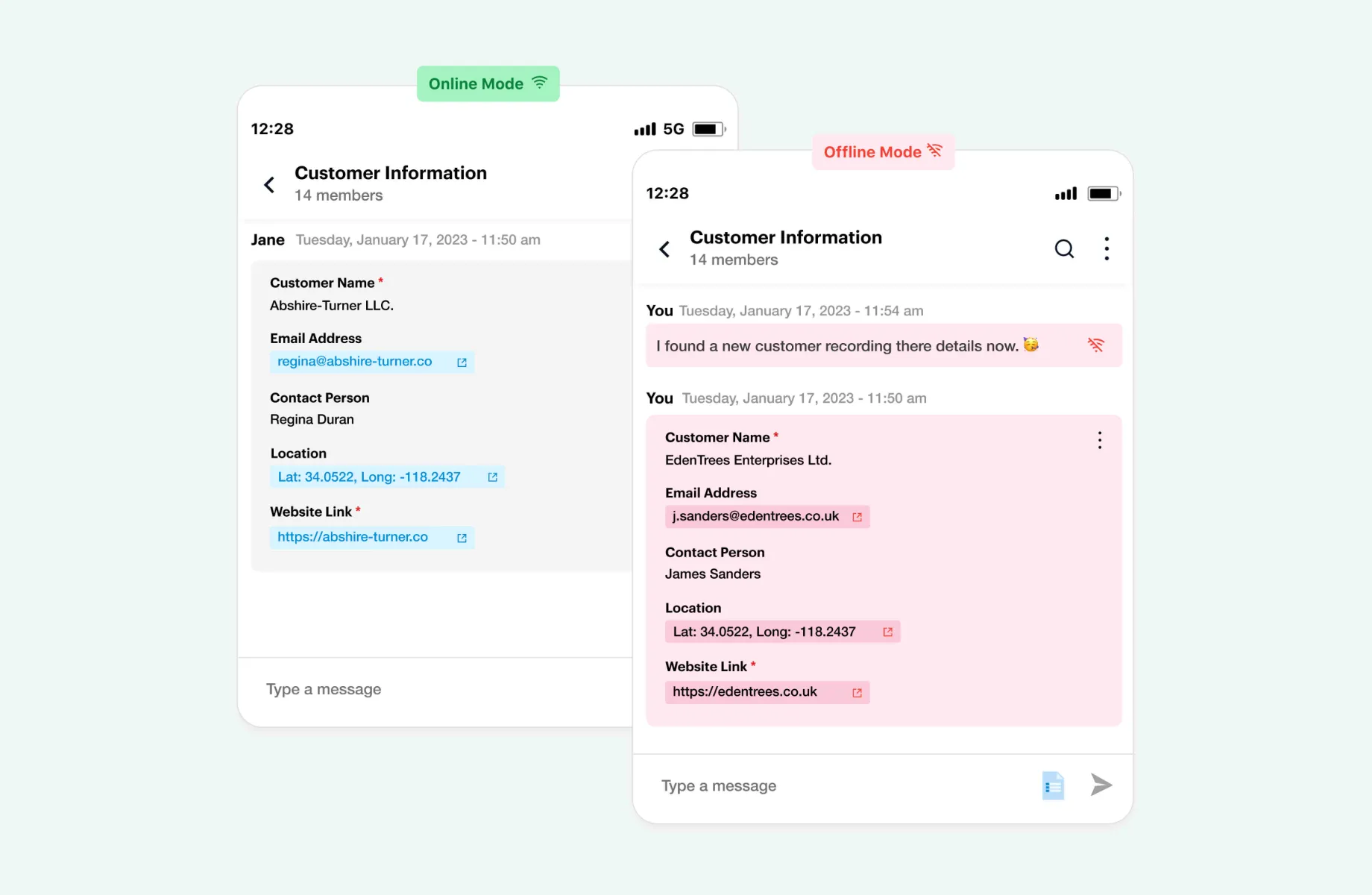 How To Efficiently Streamline Construction Project Coordination
How To Efficiently Streamline Construction Project Coordination
 How to Enhance NGO Community Engagement and Feedback
How to Enhance NGO Community Engagement and Feedback
 Tips for Effective Grant Reporting and Compliance in NGOs
Tips for Effective Grant Reporting and Compliance in NGOs
 How to Optimize Construction Schedule Management
How to Optimize Construction Schedule Management
 How To Collect Data Offline With Offline Mobile Forms | OnSpace
How To Collect Data Offline With Offline Mobile Forms | OnSpace

Work better with your teams and gain valuable insights. Get started for free. Add as many users as you want, all for free.